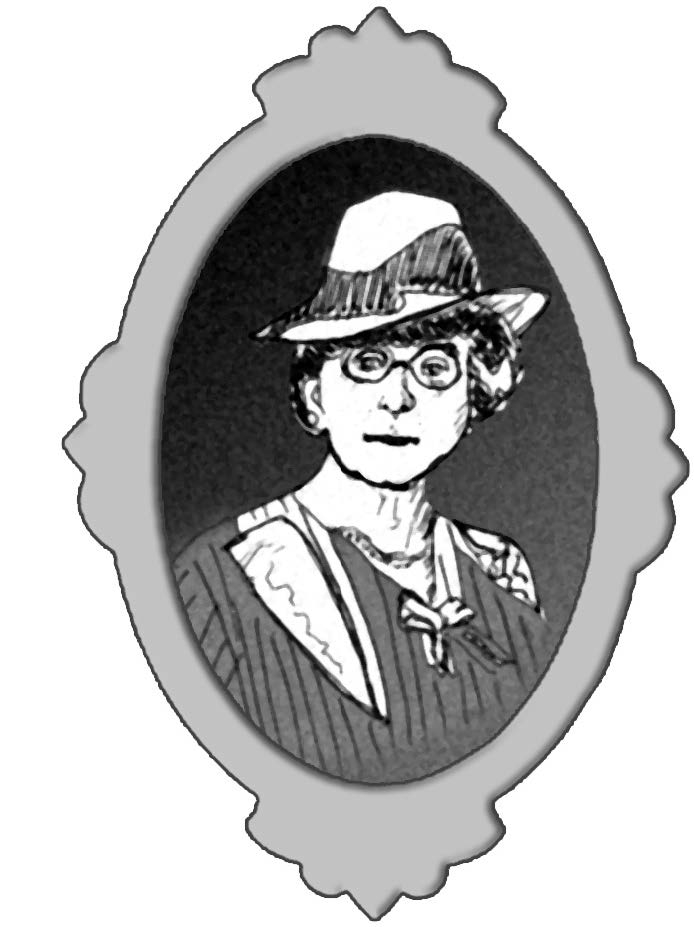
I began researching the author of Anne of Green Gables for this article. Her name is Lucy Maud Montgomery (1874–1942), but she went by Maud. She was born and raised on Prince Edward Island, Canada. P.E.I., as the island is often called, is well known for its natural beauty. Not only is P.E.I. a popular vacation spot, it is also the setting of this book.
What I learned about Maud taught me something rather unexpected about life in the early 1900s. I learned that nearly everyone Maud loved died of the flu. That’s right, the flu.
Today we don’t think much of the flu. After all, it no longer kills healthy adults in a matter of hours. The flu still kills between one-quarter to one-half million people each year worldwide. Far more people died from the flu in Maud’s lifetime.
So what is the flu? Well, firstly, flu is short for influenza. And, secondly, it’s nothing extraordinary. It’s a virus. It usually gives you a stuffy nose, a cough, a sore throat, and a fever. That and your body aches all over. The thing about the flu is that it spreads easily from person to person. It spreads through the air via coughs and sneezes.
The flu spreads so quickly that it can cause an epidemic, which is an outbreak across one region or country. The flu can also become a pandemic, which is a worldwide outbreak.
One of the worst flu pandemics took place in Maud’s lifetime. It was called the Influenza Pandemic of 1918 and lasted for two years. Nicknamed the Spanish Influenza, this strain of the flu could kill you within hours of your first symptom. Literally. A person could start to cough or sneeze on his way to work in the morning. He would be dead on the job a few hours later. People were dying in the streets. In all, the Spanish Influenza killed 20–50 million people. This strain of the flu supposedly got this nickname because 8 million people died in one month in Spain in the early days of the pandemic—probably before anyone realized that it would become a worldwide problem.
One reason the Spanish Influenza spread so quickly is possibly because of World War I (1914–1918). It was the first time so many people from all over the world came into contact with each other at the same time. Also, battlefields and army hospitals were breeding grounds for terrible diseases.
The Spanish Influenza was far more deadly even than WWI, which killed somewhere between 24 and 38 million people worldwide and, up until that point, was the deadliest war on record. I think, however, that the most important difference between the Spanish Influenza and WWI is that WWI was a war. Somehow war still seems far more dangerous than any little flu virus should be. And yet it wasn’t.
Maud lost a lot of friends and loved-ones to the Spanish influenza. It might be an exaggeration to say it was almost everyone she knew, but it sure was a lot of people. Her good friend, Will, died in 1897. Her boyfriend, Herman, died from the flu in 1899. Maud, herself, nearly died from the Spanish influenza in 1918. She wrote in her diary about the panic in Canada surrounding the flu and the large numbers of people who got sick.
Maud lost her best friend, Frederica, to the Spanish influenza in 1919. The year after, Maud stopped writing books about Anne of Green Gables. Even though the books earned her a lot of money, in her diary she wrote, “It’s a pity it doesn’t buy happiness.”



 About BeeLine
About BeeLine